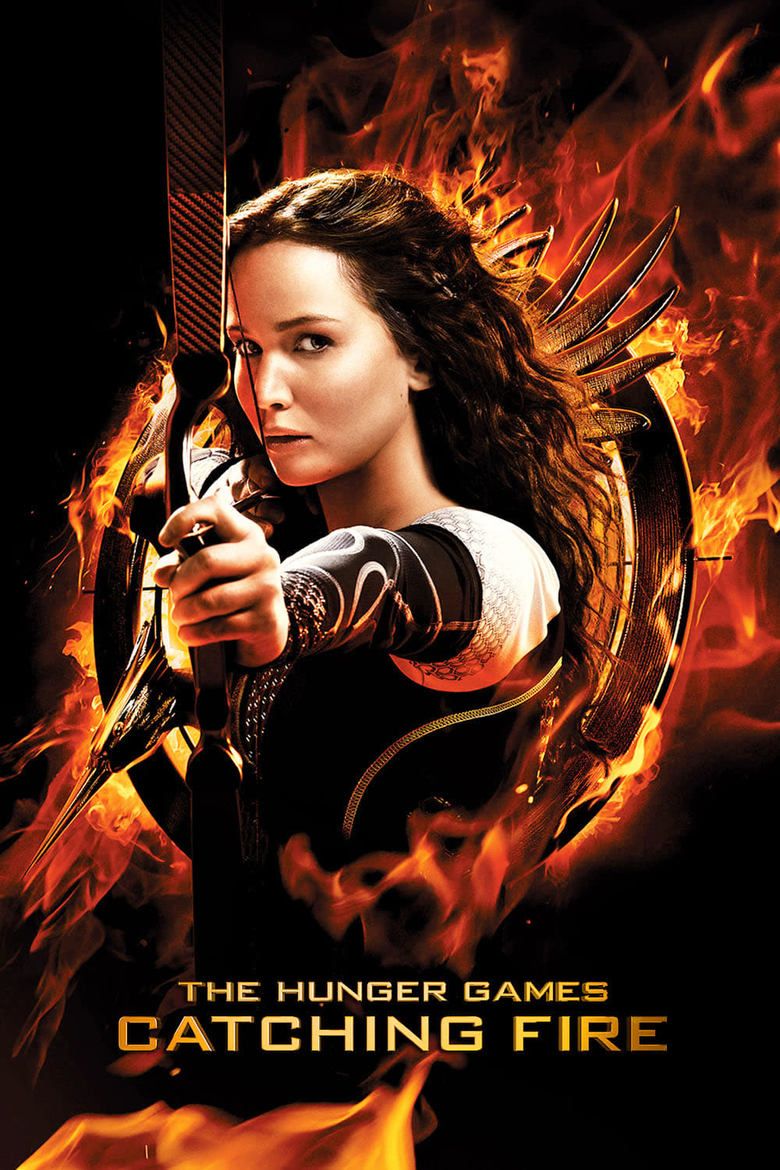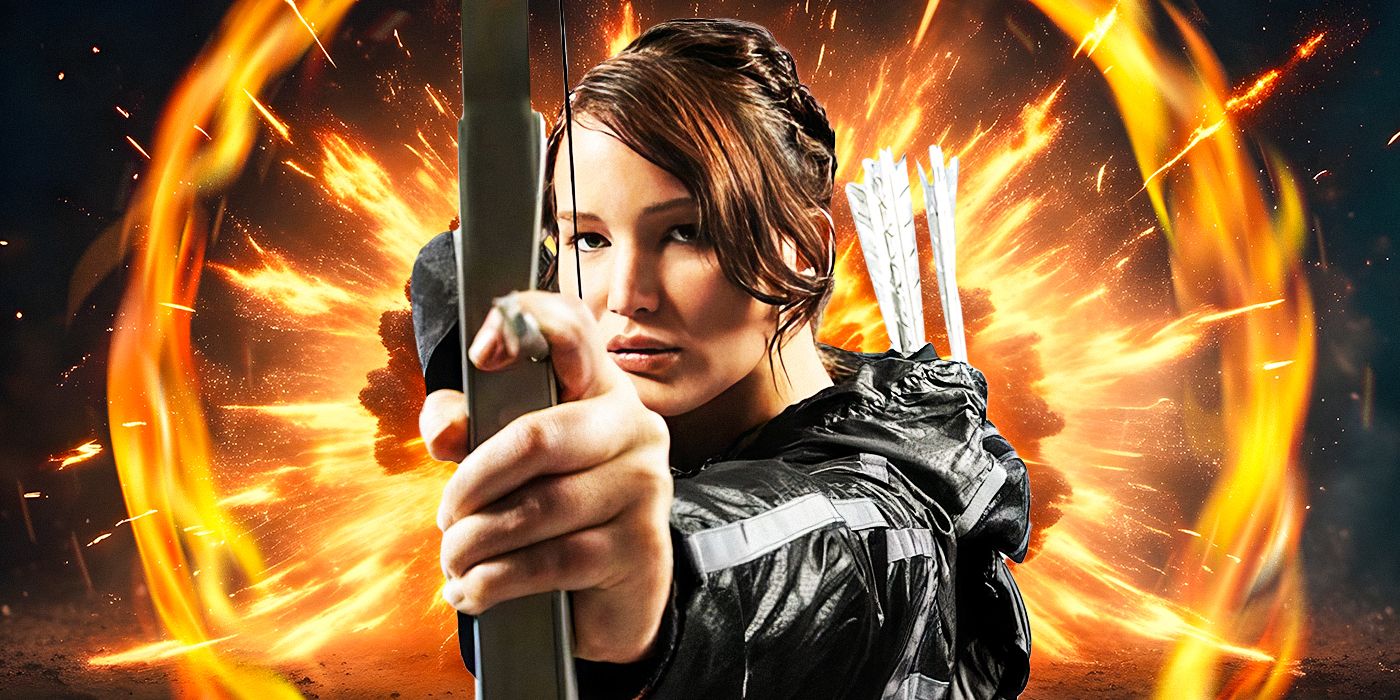Ever since all four films in The Hunger Games series landed on HBO Max at the beginning of June, The Hunger Games and its first sequel, The Hunger Games: Catching Fire, have been making their way up the platform’s movie charts. The series, based on Suzanne Collins’ young adult novel series, continues to be culturally relevant over a decade after the release of the films. Though it didn’t perform as well at the box office as the original four films, a prequel, The Hunger Games: The Ballad of Songbirds & Snakes, was released in 2024, and another prequel, The Hunger Games: Sunrise on the Reaping, is currently in development, starring McKenna Grace, Elle Fanning, Kieran Culkin, and more.
Out of all the films in The Hunger Games series, Catching Fire is not only the highest grossing but also widely considered to be the best in the series. There are several reasons for this, as it further explores the culture of extravagance in the Capitol and sets the stage for the forthcoming revolution while also giving us another round of the games, this time reaped from the existing pool of victors. Additionally, there are more great actors, but a major part of Catching Fire’s legacy comes down to one brief moment that you may not even notice if you’re watching from home. The aspect ratio change that takes place as Katniss (Jennifer Lawrence) ascends into the Hunger Games for the second time also marks the moment where director Francis Lawrence switches to IMAX cameras, which is executed in a way that works well both visually and thematically.
‘The Hunger Games: Catching Fire’ Is the Strongest Film in the Series
The Hunger Games: Catching Fire picks up after both Katniss and Peeta (Josh Hutcherson) have returned to District 12 following their shocking joint win at the 74th Hunger Games. During their victory tour, it becomes clear that the two of them—but primarily Katniss—have become symbols of the resistance as the Capitol continues to violently crack down on those attempting to rebel against their authoritarian rule. Catching Fire is the perfect bridge between the events of the first film and those of Mockingjay, which was published as one novel but separated into two films. It introduces beloved characters like Finnick Odair (Sam Claflin) and Johanna Mason (Jena Malone), and, thanks to a new gamemaker, Plutarch Heavensbee (Philip Seymour Hoffman), the games are more horrifying than ever. Visually, the first Hunger Games film is remembered for its heavy use of shaky cam, but Lawrence dials it back in Catching Fire, and it’s the way he changes aspect ratios to transition to the portion of the film shot with IMAX cameras that’s the most visually impressive.
The Transition to IMAX at the Start of the Quarter Quell Works Both Visually and Thematically
Aspect ratio changes can be an effective storytelling tool in film, and the transition from a widescreen aspect ratio to the IMAX 1.90:1 aspect ratio in Catching Fire is impressively seamless. Approximately an hour and 22 minutes into the film, Katniss boards the elevator that will lift her into the arena for the second time. Right before doing so, she says goodbye to her stylist, Cinna (Lenny Kravitz), and once she’s sealed into the elevator, Katniss watches, helpless, as multiple Peacekeepers beat Cinna to death in front of her. As she’s being transported up into the new arena, the shot opens to show her new environment, as does the aspect ratio.

Related
The 20 Saddest Deaths from the ‘Hunger Games’ Trilogy, Ranked
The odds are never in our favor.
Unlike other films that are partially shot with IMAX cameras that try to make this change as unnoticeable as possible, Catching Fire effectively uses the aspect ratio change to establish the overwhelming feeling of being thrust into a new environment to fight for your life after watching something so traumatic. The horror of Cinna’s death and Katniss’ devastating reaction to it draw your attention away from the change in aspect ratio that’s about to happen, but the sudden change in brightness and magnitude of the space calls your attention back to it. This, combined with the score and the way the camera slowly circles around her as she quickly takes in her new environment, creates a visual spectacle that’s more than just a cool gimmick. You see her eyes adjusting to the sudden brightness while she’s still hyperventilating over what she has just witnessed, and we, the viewers, are forced to adapt with her. As Lawrence explained to Inverse in 2023, “Part of it is an interpretation of her experience, and so it starts to hit on different levels. I think that’s why it’s so successful.”
Only the actual Quarter Quell portion of The Hunger Games: Catching Fire is shot with IMAX cameras, which lasts about 48 minutes, and the switch is noticeable and effective both visually and as a way of showing how much the stakes have been raised. This is just one element that cements Catching Fire as the top-tier Hunger Games film, but unfortunately, the aspect ratio change may not be visible with the version you can watch on HBO Max—though there are plenty of clips of it on YouTube.

The Hunger Games: Catching Fire
- Release Date
-
November 22, 2013
- Runtime
-
146 minutes
- Director
-
Francis Lawrence
- Writers
-
Simon Beaufoy, Michael Arndt
- Producers
-
Jon Kilik

